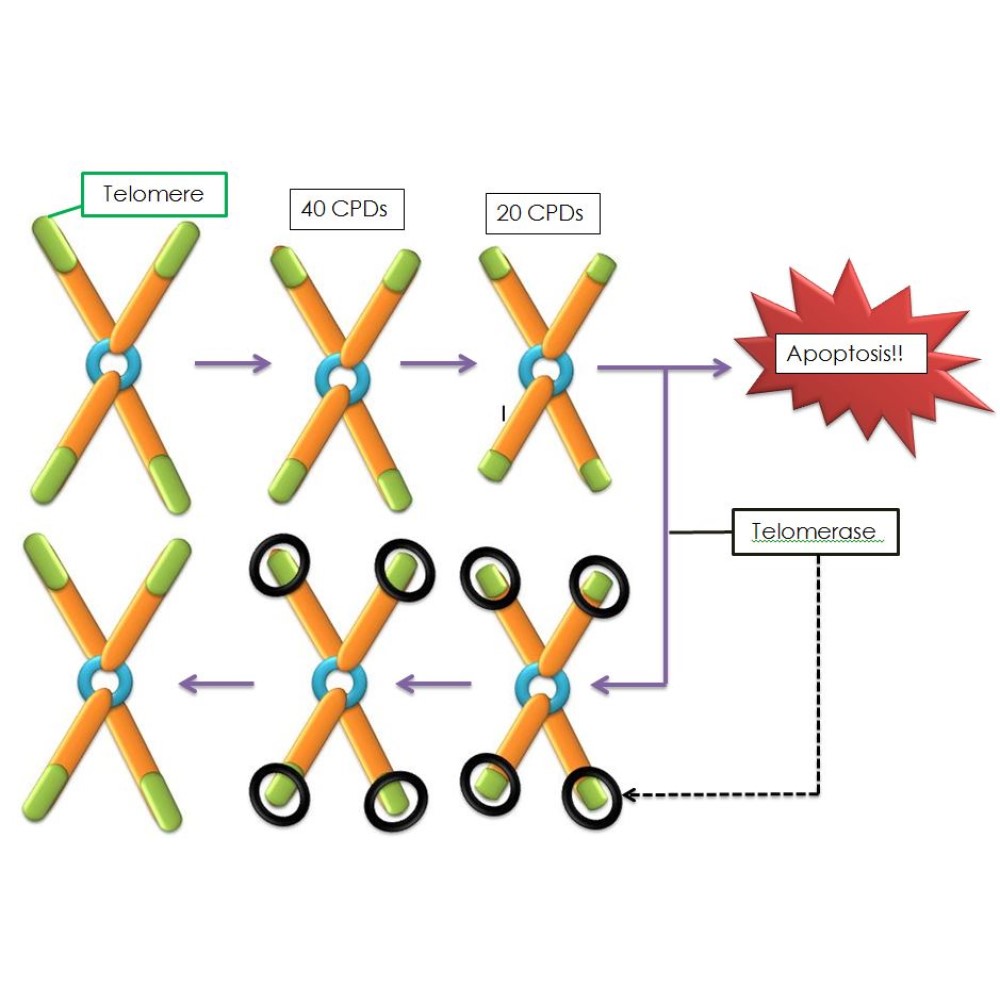
Telomerase discovered by graduate students
In 1985, telomerase was discovered by University of California, Berkeley graduate student Carol Greider while a student under Elzabeth H. Blackburn. Telomeres are the ends of linear chromosomes. They cannot be fully replicated by standard polymerases and are maintained by the ribonucleoprotein telomerase.
Cells are packed with nucleic acids: chromosomal DNA, mRNA, tRNA, ribosomal RNAs, and the rapidly expanding world of noncoding RNAs. Each nucleic acid has a unique chemical personality and the potential for selective recognition by designed agents to control almost any biological process.
Telomeres and telomerase stand at a junction of critical processes underlying chromosome integrity, cancer, and aging and their importance was recognized by the 2009 Nobel Prize to Elizabeth Blackburn, Jack Szostak, and Carol Greider.
Telomerase/telomeres also play a role in cellular aging and recent work suggests that telomerase may play roles that go beyond telomere maintenance. Similarly, the discovery of noncoding transcription at telomeres suggests that they may be even more complex than had been originally imagined.
It is likely that the next thirty years will yield a steady stream of new discoveries that profoundly affect our understanding of cells and provide opportunities for developing novel therapeutics.
Tags:
Source: U.S. National Library of Medicine
Credit:
